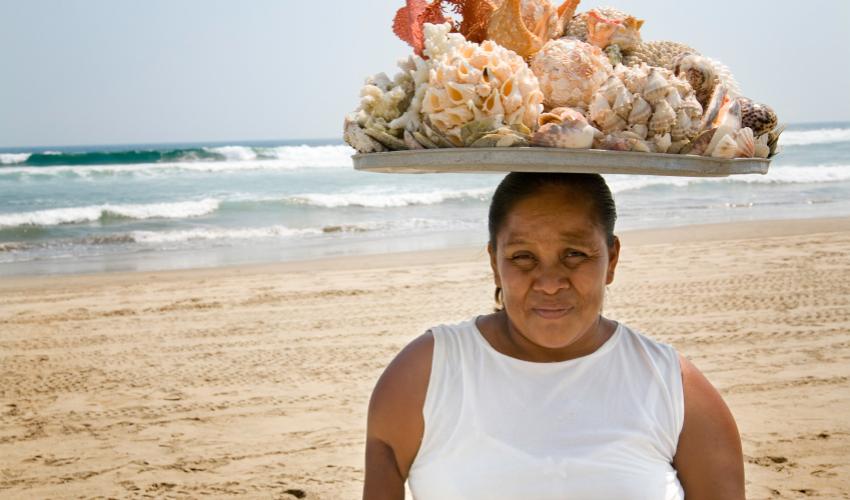Climate change Gender Action Plans (ccGAPs) help governments integrate gender issues into national climate strategies. Impacts have been profound, not least for island and coastal communities.
From mauka (mountains) to makai (sea), the Hawaiian Islands span rich biodiversity, diverse ecosystems and a deep cultural heritage. All of this is threatened by the changing climate. Freshwater supplies are declining, native plants and animals are under stress and livelihoods are increasingly threatened.
In the Pacific, as elsewhere, the impacts of climate change are felt differently by women and men – each of whom have different capacities and resources to cope. Women are disproportionately affected by the impacts of climate change, largely due to their limited control over the natural resources on which they often depend.
Despite countless global agreements that reinforce the link between environmental sustainability and gender equality, including the United Nations climate convention, women remain vastly underrepresented in national- and international-level decision-making circles, particularly across environmental sectors.
Gender-blind policies and plans fail to recognise and build on the value of women’s experiences, expertise and their unique innovations. Without women’s involvement, policies, programmes and projects are less effective and efficient, especially at subnational level.
In recognition of the fact that women are powerful agents for building climate resilience, IUCN’s Global Gender Office works at the national and regional level to create Climate Change Gender Action Plans (ccGAPs) that translate climate commitments and women’s rights into real solutions on the ground.
So far, twenty countries and regions have worked with IUCN to create and implement ccGAPs. The impacts have been profound, not least for island and coastal communities.
In Cuba, women-led community seed banks promote agricultural productivity, efficiency and sustainability, as well as improve food security at the local level.
Bangladesh boosted coastal restoration and empowered women economically by supporting mangrove nurseries that are run by women.
Haiti prioritised gender concerns, particularly within the context of disaster risk reduction and resilience, and women’s groups were engaged across adaptation and mitigation sectors.
In Mozambique, ccGAP stakeholders committed to creating climate change health kits for remote villages that rely heavily upon traditional healers and medicinal plants for healthcare. These kits will empower local communities with tools and plants to safeguard against disasters and disease – for example, using moringa (Moringa oleifera) to purify water and citronella to ward off mosquitoes.
These are just a few of the many examples that show how empowering and engaging women through ccGAPs can lead to greater and more effective action against climate change.
ccGAP experiences will be the basis of a provocative roundtable discussion at the upcoming IUCN World Conservation Congress. Government and civil society leaders from various sectors and regions will examine best practices across the landscape of gender, conservation and climate change, focussing on how to overcome barriers to real progress. Other events will share cutting-edge gender and environment data and analysis, and delve into policies and practicalities for gender-responsive finance.
IUCN has committed to making this year’s Congress the most gender responsive yet. Ensuring equal representation of women and men delegates – as well as speakers at all levels of events and on a range of issues – is one key step towards achieving this goal, and to ensuring discussions around climate change comprehensively reflect the needs and priorities, solutions and innovations, of the global community.
IUCN’s Global Gender Office’s Knowledge Center offers a database of tools and knowledge products for integrating gender issues into climate action planning, searchable by sector and theme.
IUCN’s recent publication Roots for the Future: The Landscape and Way Forward on Gender and Climate Change is an expansive overview of gender and climate change issues, including chapters on international and national policy, adaptation, mitigation, urban environments and finance.











